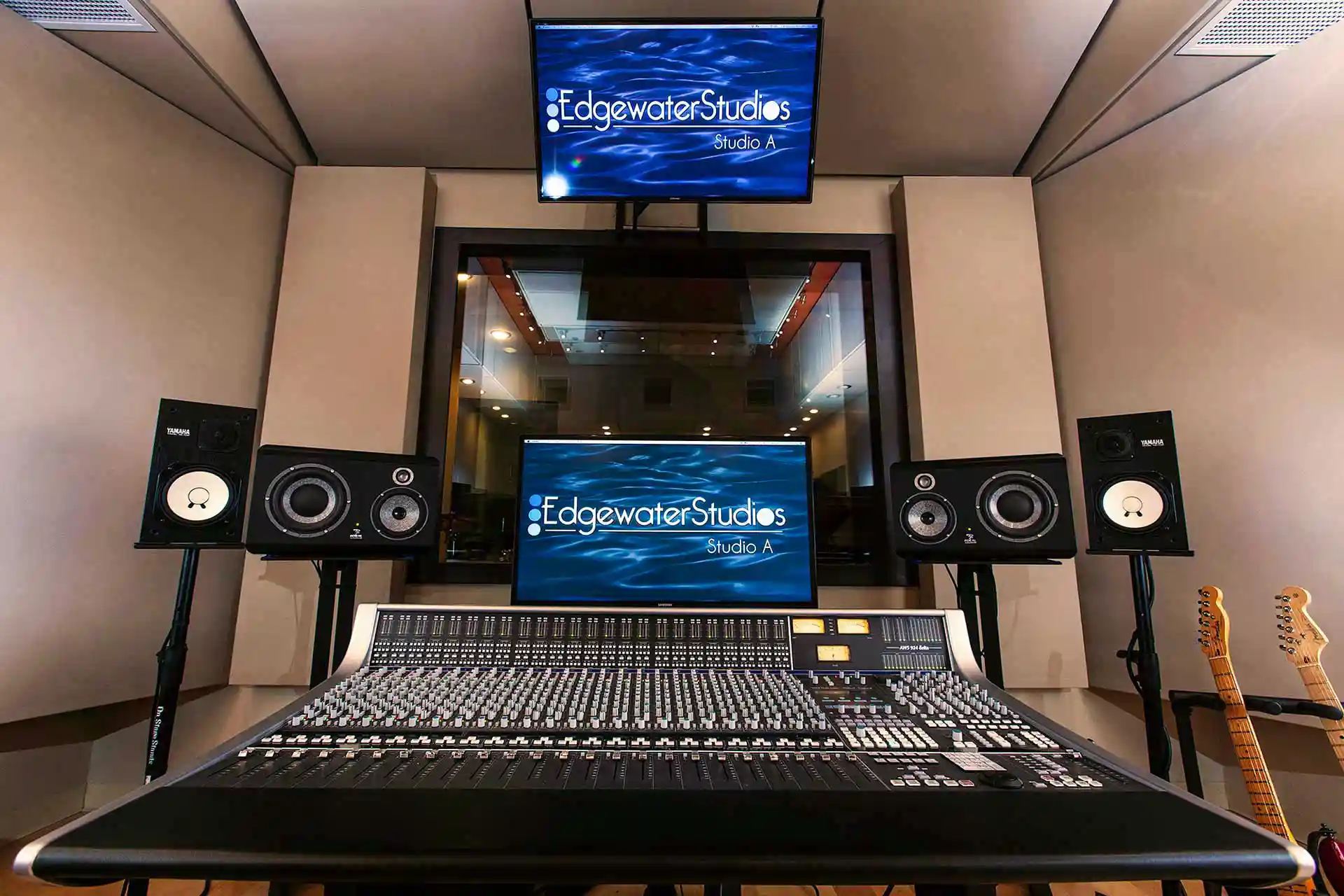While EMG does full production work with a lot of national and regional artists from all over North America on a variety of different projects, we also actually do a fair amount of hourly, self-produced recording work with local musicians. Even working in this manner, though, EMG has been able to achieve some really great results. There are things, though, that can be done ahead of time to yield the best results on your next hourly, self-produced recording session.
01.
First, come prepared. If you’re an artist bringing in live musicians to record, make sure that the musicians know the material. Beyond just the arrangement, musicians can bring in their own amps, guitars, and equipment. So making sure all of these items are together and organized upon arrival can save a lot of time. Edgewater Studios does have quite a bit of backline including a full drum kit, but being prepared with what you want to add to it is key.
02.
Second, understand what you’re trying to get accomplished in the amount of time that you have booked. Are you looking to record and mix an entire project in one day? Then I recommend blocking a full day to give as much time in post as possible. Simply looking to track live instruments and then take the project home to work on it more? A few hours could probably accommodate that goal. Understanding and communicating your goal to the engineer is critical and they can probably give a really good estimate of time needed.
03.
Third, if you’re tracking parts at home to bring into the studio for additional recording, make sure that all of your files are WAV files and begin from a common starting point. At EMG, we use Pro Tools, but we also know that many people use different DAWs (digital audio workstations). In order to make sure all of these files recorded at home can be used, if you bring in the raw WAV files, know the tempo of the song, and assure your WAV files start from a common starting point, they should be really easy to pull in and use.
04.
Finally, have a production plan for what is done when the session is over. Are you going to have someone else mix track for you? Maybe you’re going to do it at home? Make sure you know in advance what you want to do with the song or album so that it can be managed properly. Whether that’s sending links to files via Dropbox or transferring Pro Tools sessions to a harddrive, it should be a fairly simple process if you come prepared.
Want to come in and spend a few hours in the studio? Let us know!

